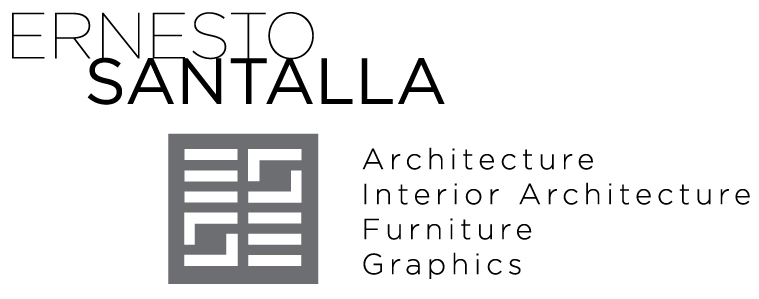Green Was Not Sustainable
Written by Spencer McNeil on December 12th, 2012 // Filed under Uncategorized
I’m thankful green is a color again. A few years ago, it seemed like all I heard was “Go Green.” Luckily, those who were in it to turn a profit were exposed as frauds and we could re-focus on the global issues we face.
Far from being left behind as a fad, however, the “green” discussion has more aptly focused on sustainability and is more heated than ever because it’s a fluid goal and concept. One discussion leads to others, introduces a new set of issues, which add a new set of considerations. And so on and so forth.
Take Daylighting for instance. Daylight is free on a daily basis and available to everyone equally-at least in theory. As a lighting technique it decreases our reliance on artificial lighting, generally powered by electricity, which is typically produced from fossil fuels. The notion that daylighting is desirable in many application is simple to embrace.
Possible is the operative word; it’s conditional and environmental in its application. Environmental considerations are two-fold: the natural environment and the built environment. Let me explain with an example. The apartment where I live with my spouse faces a busy street in Washington, DC. The building across the street is the same height as ours, so lots of morning light comes through our floor to ceiling windows. Further, when it was renovated, interior walls, which otherwise block light from reaching farther in to the space were removed or minimized. As an unanticipated benefit, at the end of the day light bounces off the building across the street and we get another burst of light.
BEFORE
Preconceived notions suggest rooms are defined by doors and walls. In this case, a small space seemed smaller and was much darker. Double doors were out of proportion with the room they led to.
AFTER
The redesigned space was opened to the light, which seems so obvious to me. These are small spaces with big windows, so why not capitalize on the assets? You can see the building across the street in the background.
BEFORE
More walls, which then require a pass through, except there is a counter in between, which made it hard to reach. And trim, lots of trim to give the space a more “traditional” feel. Perhaps “traditional” and dark go together? These types of decisions are not functional to say the least of architectural. The expletives that come to mind are kitsch and pastiche.
AFTER
The space is open front to back. There are areas that serve the function of cooking, office, seating, etc., rather than cubbies with room designations.
Parts of the ground floor of our building might receive direct sunlight on very specific moments of the year when the sunlight angles are such that for a brief period of time golden rays come through their storefronts. Basically, using daylighting techniques it’s not feasible for them because of the context, i.e. the built environment.
This is not the building where I live, but the photo serves to illustrate the concept that lower floors of buildings receive less daylight and therefore, other lighting techniques must be used.
What about smog-filled cities where a good day is when the sky is a shade of gray, no literary pun intended? Diffuse light is desirable in some instances, but when the source of light is diffuse at best, the environmental issue that caused the fog to become a constant companion has to be addressed first. So now we need to discuss air pollutants and that discussion, my friends, has been raging for years.
I am a strong proponent of working and living in urban centers. We certainly have our work cut out for us, but we’re working on it. It applies to all of us and the solution begins with awareness.
Thank you for reading this blog. That is reward enough, but if you are so inclined
“like” Studio Santalla on Facebook
More examples of our work is available at www.studiosantalla.com






